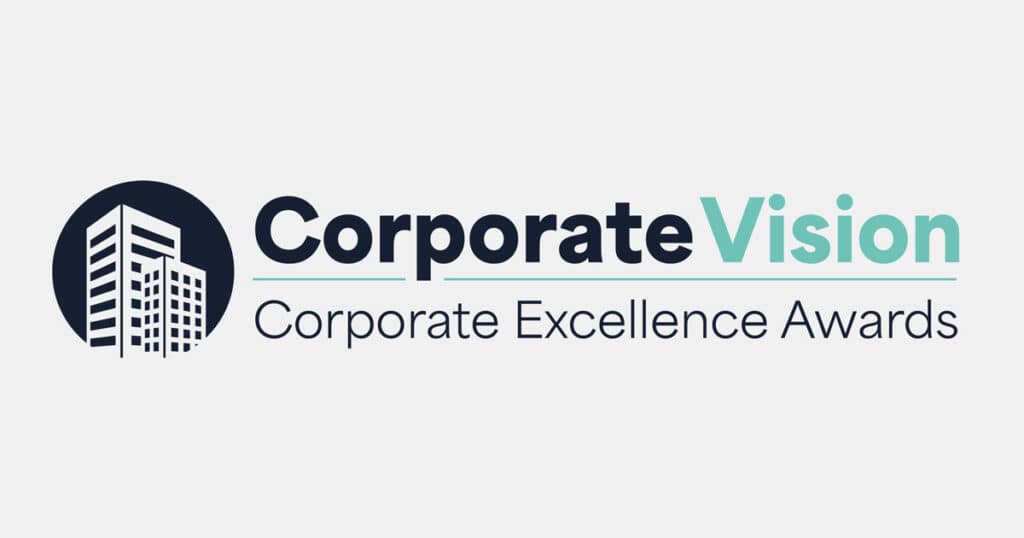If you have a local business, like a shop, or have people visiting your office, optimizing your website is also about making sure people can find you in real life. Even when you’re closed for the day or not actively getting visitors or clients, you’re still targeting an audience that is in the same geographical area as you are. This is what we know as Local SEO.
Did you know that nearly half of all Google queries today are local searches? Even when someone performs a typical daily search, the chances that Google shows local businesses nearby remains high.
Why is that important for small businesses? Well, 50 percent of people who did a local search on their phone went to a physical store within one day. That means, if your business is close to where someone is conducting their search, offers services or products they may be searching for, and has optimized local listings, then you’re more likely to be found by potential customers online who will then visit in-house.
Techniques to Apply Local SEO
If you’re ready to dive in and start getting your business on the local SEO rankings in your area, there are a few things you can add to your checklist to make sure you apply along the way. From Google My Business, to using keywords chosen by research, it’s time to get your business ranking in your area.
Google My Business
Google My Business is a free tool from Google that helps business owners manage their online presence across the search engine and its growing portfolio of utilities. According to the most recent edition of Moz’ Local Search Ranking Factors Survey, Google My Business continues to be the biggest driver of local SEO success, with quality links coming in at a close second.
We’ve gone over in some other articles the step-by-step guide to Google My Business, so we’ll just quickly go over how to set up your Google My Business account. Getting started with Google My Business is quite easy. First, you must make an account and claim your business. After filling in your details, you will get a postcard from Google on the address you’ve specified. This card is the only proof you’re the owner of the business listed at the address. You will need to enter the code in your profile and then your business will be verified with Google!
Once verified, you can fill in all the necessary details and check how your listing is doing. You can even get regular insights to see how many impressions, clicks and subscribers your listing got over a certain time period. However, it’s also important to realize that Google My Business alone isn’t going to get you outstanding local SEO results, it needs to be prepared with other tactics to climb the SEO charts.
Online Citations and Reviews
Citations are another way of getting the word out digitally about the brand. Each citation entry is another crucial building block in your online reputation and search visibility. Specifically, having the right basic citations can help you rank accurately on Google Maps.
To find out where you are listed on the web, try typing in your business name, address, and phone number on any search engine. It’s also worth trying other search techniques such as misspelling the brand name or typing in an address that is somewhat different than the actual location, which helps you find inconsistent citations online that can then be corrected.
Having control of as many of your online listings as possible allows for more consistent and correct citations as well as the ability to monitor even more customer feedback, which leads us into reviews. No matter what, customers will always look for reviews for your business. They need to know whether others had a good experience with your services or products. When it comes to local SEO, if you want to be at the top of your game, you will need reviews. Did you know reviews rank as one of the top three factors for the highest local SEO rankings? That is because reviews are so influential when it comes to convincing the customer. The quality and quantity of reviews on your local listings can easily bring people in just as easily as it can turn people away from your business and toward your competitor.
Keywords
People often turn to search engines to help them find businesses in their area that are offering what products or services they are looking for. To make an appearance in these search results, you need to start putting some effort into adding local keywords into your site to help you rank.
Local keywords are keywords that contain location-specific phrases that generate results related to the same geographic location. These keywords help drive people in your area to your business and can help optimize your local SEO strategy! To find keywords for local search, you need to start diving into some keyword research! Keyword research is the process of identifying popular key terms that will help you appear in search results relevant to your target market.
Keyword research tools, like SEMRush, will help you find a list of relevant terms. It will generate a list of related keywords. With this list, you can then brainstorm ideas for the types of keywords to include on your site, blogs, etc.
Finding keywords for local search is a great starting point for appearing in front of local leads, but it’s not the only option you have like we stated earlier. Combining local keyword research with Google My Business, blogging, and online citations will make a noticeable difference.
Blogging
We all love a good blog, right? Well, local SEO thrives off blogs as well making them essential to include in this Local SEO Guide!
So, let’s talk about where the blog begins. What should you be writing about? The obvious answer is your business. However, this can be a small circle of ideas based on your salon or spa. Don’t get us wrong, blogging solely about your business or industry can work great depending on your end goals but if you’re looking to boost your local SEO, you’ll need to broaden your horizon a little. This is where you can use those keywords or topic ideas from SEMRush to brainstorm possible blog ideas.
Your goal is to be finding blog topics that blend your business and a local subject. That way, you’re reaching your target audience and current clients and getting the public’s attention.
After you find out your topic you’ll want to research “who” you are writing to? What’s your target audience? Write as if you are speaking to your target audience in person. Next, you’ll need to ask yourself what is your voice as the writer? Consider the overall theme you want to convey with your blog and write accordingly.
Lastly, make sure you are keeping a posting schedule that you can keep up with. If you lose track or run out of time and don’t post for two or three months you can lose regular readers and it can have an impact on your local SEO efforts.
Tracking Your Progress
You’ve invested in boosting your local SEO for your business. Now, how do you track your progress to make sure it’s working? Well, lucky for you, here at Blue Atlas we can take care of tracking that progress for you after launching your local SEO campaign.
There’s a wide variety of tools you can use like Bright Local’s local SEO rank tracker, KPI templates, call tracking and much more!
Success is based on good customer experience. It’s also based on real-world business factors such as seeing an increase in calls, clicks, sales, and client satisfaction that Blue Atlas can collect and give back to you if you request! If you have any questions about kick starting your local SEO campaign, give us a call (888)-266-7153! We would love to hear from you.






